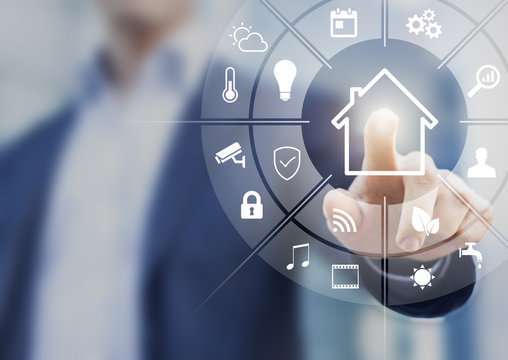
The Smart Home Market Has Experienced
The smart home market has experienced significant advancements in recent years, with the increasing adoption of smart devices and the promise of enhanced convenience and security. Key drivers of smart home adoption include the perceived relative advantage of smart devices over traditional alternatives, enjoyment, and image gains from embracing a modern lifestyle, and technology innovation, particularly among tech-savvy consumers like digital-native millennials.
Barriers: However, there are still barriers to widespread adoption, such as high cost, complexity, compatibility, and lack of trial ability. High costs can be challenging for consumers to justify the monetary sacrifice required to invest in these technologies, especially when compared to more affordable traditional alternatives. As the market matures and economies of scale come into play, the cost of smart home devices is expected to decrease, making them more accessible to a broader range of consumers.
Smart Home Technology Skill Development
Skill Development: The complexity to adopt smart home technology often requires technical knowledge and an understanding of wireless connectivity protocols. This complexity can be daunting for individuals who are not technologically inclined or lack the confidence to troubleshoot issues that may arise. Compatibility is another requirement, as ensuring seamless integration and communication between devices can be a complex task. The lack of standardization and interoperability protocols often leads to frustration and confusion among users, who may hesitate to invest in smart home devices due to concerns about compatibility and future-proofing their investments.
The Current State Of The Smart Home Market Is Promising
Globally, the current state of the smart home market is promising, with global market growth projected to exceed $170 billion by 2025, driven by growing awareness of smart home technology, the proliferation of connected devices, and the integration of artificial intelligence and IoT technologies. North America and Asia-Pacific are leading the way in this market, accounting for approximately 40% of global consumer spending in this sector. Smart home security devices and systems are expected to witness significant growth in the coming years, driven by the need for enhanced security and the desire for peace of mind.

Smart Home Security Devices And Systems
An important aspect boosting the home automation industry in India is the cost-effectiveness of the technology. Smart home system adoption is significantly increasing in cities like Pune and Mumbai, helped by a number of rivals that are providing cost-effective home automation solutions.
In India, there are already close to 13 million smart houses, and by 2025, it is anticipated that this number would increase to 12.84%.
Utility and energy efficiency are also growing concerns for consumers. In addition to security, consumers are increasingly interested in smart home devices that offer utility and energy efficiency benefits. The integration of smart plugs and appliances also enables users to monitor and manage energy consumption, contributing to a more sustainable and eco-friendly lifestyle. Experts emphasize that while environmental benefits are not the primary motivation for adopting smart home technology, the potential for cost savings and increased control over energy usage resonates with consumers.
In conclusion, the smart home market is experiencing rapid growth, driven by the increasing demand for convenience, security, and energy efficiency. While there are challenges to adoption, such as high costs and complexity, the benefits offered by smart home technology outweigh these challenges for many consumers. As the market continues to evolve and technologies mature, we can expect to see increased interoperability, improved user interfaces, and more affordable options, making smart home technology more accessible to a broader range of consumers.
